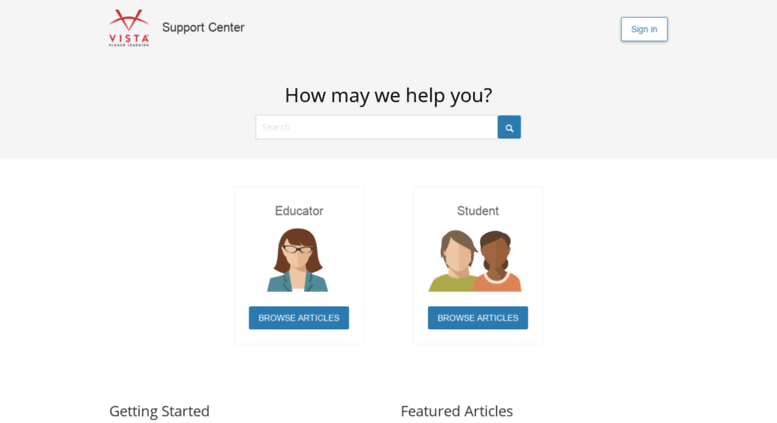When you couple that urge with a rise in universities offering online courses – a medium said lends itself to cheating easily – it follows that students’ methods of gaming the system have also evolved. “If you’re not cheating, you’re not trying!” an acquaintance, who’s pursuing her college degree part time online, told me. Like all the students and recent graduates I spoke with for this story, she asked me not to use her real name. Although research shows cheating (or “academic dishonesty,” the preferred disciplinary code parlance for the cluster of behaviors to get something for nothing) online, students are actively working at it. Sophisticated, high-profile cheating rings have been uncovered at schools like,,.
But unfortunately for students, schools are also getting better at catching online cheaters, with a bevy of tools now at their disposal. How are they doing it?

There are certain online courses that are widely known for their opportunities to cheat, Glenn (not his real name), a 2015 graduate from a top school, told me. So Glenn chose to take classes that fulfilled his general requirements, rather than key courses to the major, online. He said his cheating ranged from the garden variety – like handing in a former student’s old assignments (for which he was also caught once, when he forgot to change the name on the work) – to coordinated strategies with groups of classmates, including picking a rotating “sacrificial lamb” to take the online test first and bring back the questions back to the group.
See the basic GungsuhChe Regular font characters below. GungsuhChe font family designed by Microsoft and distributed by Microsoft Corporation Buy and Download the GungsuhChe Regular font for Mac or Windows in OpenType, TrueType or PostScript format. 
For the example commands shown below, you need to replace IP address 1.2.3.4 with the IP address of your origin server. Also, you can run these tests against port 443. I've been looking for free, self learning tools all over for all kinds of stuff and this is by far, the best one. Just too good! And by the way, the community is there, always, to help.
Collaborative work that doesn’t involve cheating can often be an important part of online courses. Photo by and used here with Creative Commons license.
One online summer term course was such a well-known hub for academic dishonesty, he said, that students throughout the years had developed a more refined, mechanized means of rigging the system. Nearly 150 students in the 200- to 300-person course were members of a collaborative Google Doc, with a test question matrix created to workshop and peer review answers to every possible test question.
While Glenn is acutely aware of the disadvantage posed to the minority of students who were not part of the “in group” sharing the document, he has no qualms about cheating in online coursework, calling it a “victimless crime.” He also questioned how the practice had been allowed to persist for so long, when the class’ grade distributions would have made it obvious that something was afoot. “We’re not taught to learn the material. We’re taught to get the highest grade possible,” he said. In the same way Glenn says he’d never steal a physical CD from a store but downloads musically illegally with impunity, he views online courses without external monitoring as creating an environment that invites cheating.